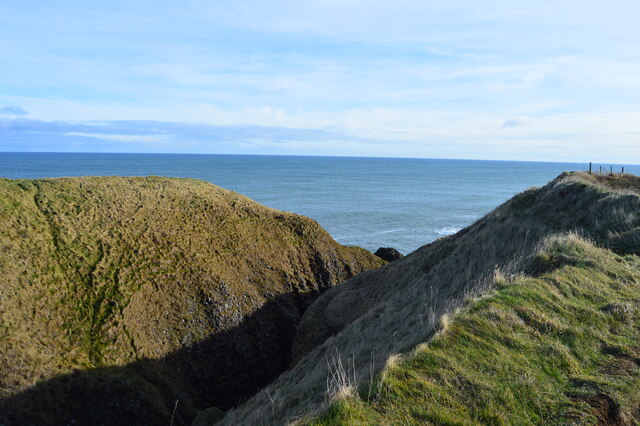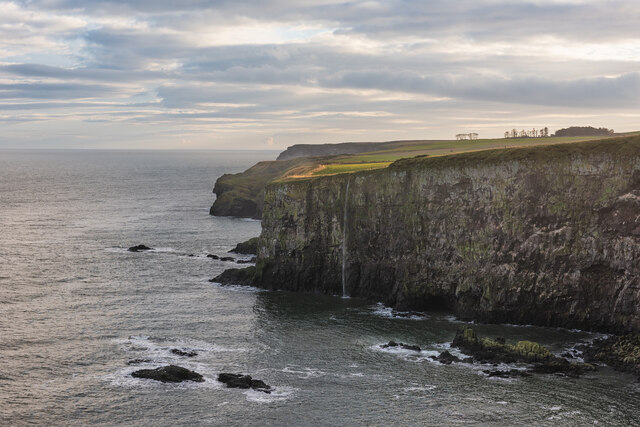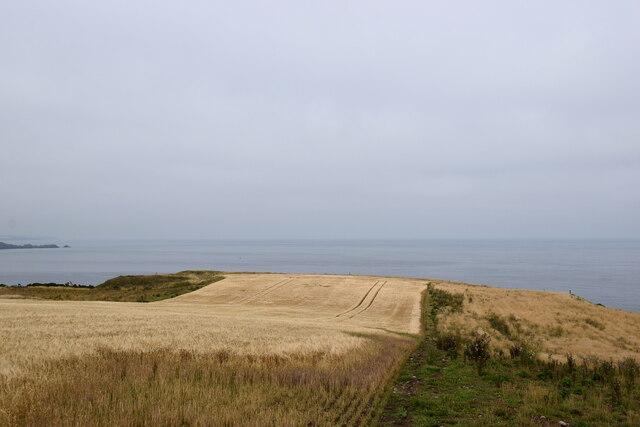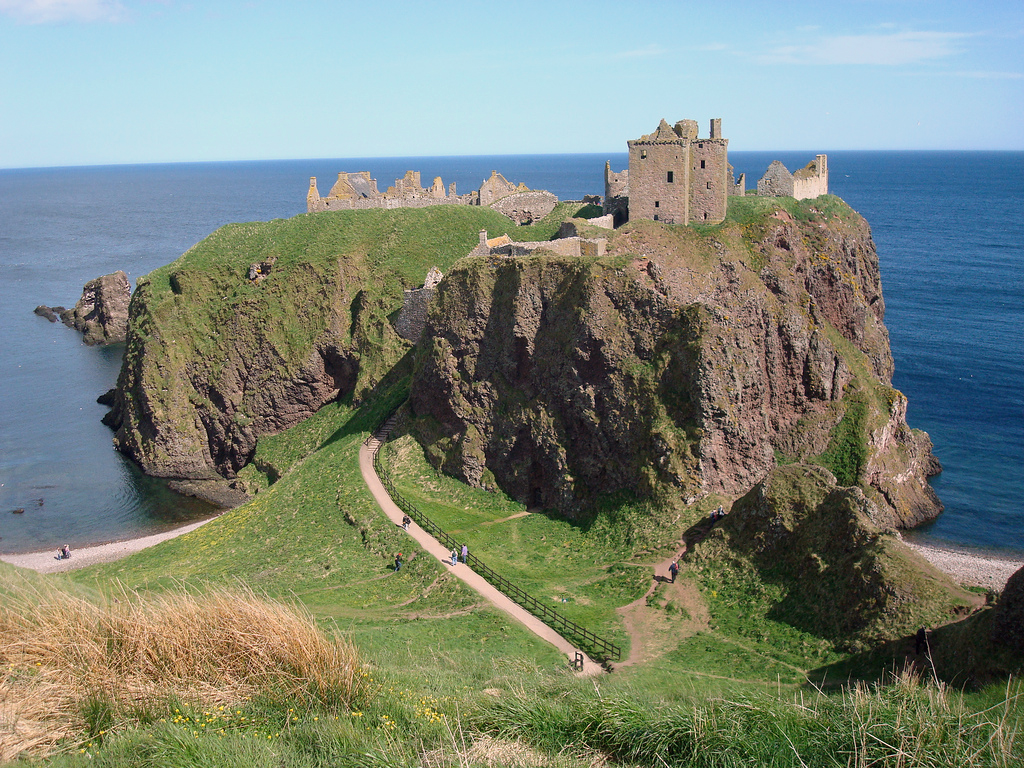Dunnimaol
Coastal Feature, Headland, Point in Kincardineshire
Scotland
Dunnimaol

Dunnimaol is a prominent coastal headland located in Kincardineshire, Scotland. Situated along the eastern coast of the country, it juts out into the North Sea, offering breathtaking views of the surrounding landscape.
This headland is known for its rugged and rocky terrain, which has been sculpted by the relentless action of the sea over thousands of years. Dunnimaol is characterized by steep cliffs that rise dramatically from the water, reaching heights of up to 100 meters. These cliffs provide a nesting habitat for various seabird species, including guillemots, puffins, and gannets, making it a popular spot for birdwatching enthusiasts.
The headland is also home to a diverse range of flora and fauna, with several rare and protected species found in the area. The coastal grasslands surrounding Dunnimaol support a variety of wildflowers, such as sea campion and thrift, creating a colorful and vibrant landscape during the summer months.
Visitors to Dunnimaol can explore the headland by following a network of coastal paths and trails that offer stunning views of the coastline and the North Sea. The headland is also a popular destination for outdoor activities such as hiking and photography. Additionally, there are several viewpoints along the cliffs that provide excellent vantage points for spotting marine wildlife, including seals and dolphins.
Dunnimaol is a captivating coastal feature that showcases the natural beauty and rich biodiversity of Kincardineshire. Its stunning cliffs, diverse wildlife, and breathtaking views make it a must-visit destination for nature enthusiasts and those seeking a peaceful escape by the sea.
If you have any feedback on the listing, please let us know in the comments section below.
Dunnimaol Images
Images are sourced within 2km of 56.942463/-2.1963218 or Grid Reference NO8883. Thanks to Geograph Open Source API. All images are credited.





Dunnimaol is located at Grid Ref: NO8883 (Lat: 56.942463, Lng: -2.1963218)
Unitary Authority: Aberdeenshire
Police Authority: North East
What 3 Words
///gallons.snowballs.probe. Near Stonehaven, Aberdeenshire
Nearby Locations
Related Wikis
Dunnottar Castle
Dunnottar Castle (Scottish Gaelic: Dùn Fhoithear, "fort on the shelving slope") is a ruined medieval fortress located upon a rocky headland on the north...
Bowdun Head
Bowdun Head is a headland landform on the North Sea coast approximately one kilometre south of Stonehaven, Scotland.(Ordnance Survey, 2004) Slightly to...
Thornyhive Bay
Thornyhive Bay is an embayment along the North Sea coast in Aberdeenshire, Scotland. This bay is situated approximately 2.5 miles south of the town of...
Dunnicaer
Dunnicaer, or Dun-na-caer, is a precipitous sea stack just off the coast of Aberdeenshire, Scotland, between Dunnottar Castle and Stonehaven. Despite the...
Nearby Amenities
Located within 500m of 56.942463,-2.1963218Have you been to Dunnimaol?
Leave your review of Dunnimaol below (or comments, questions and feedback).















